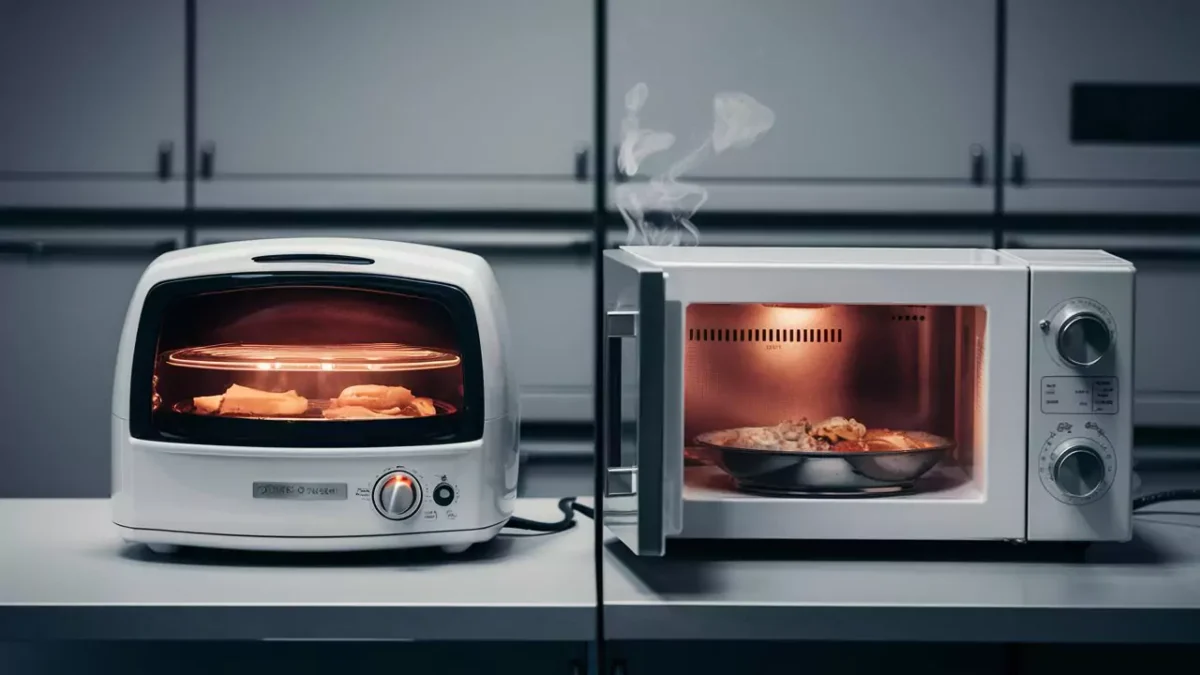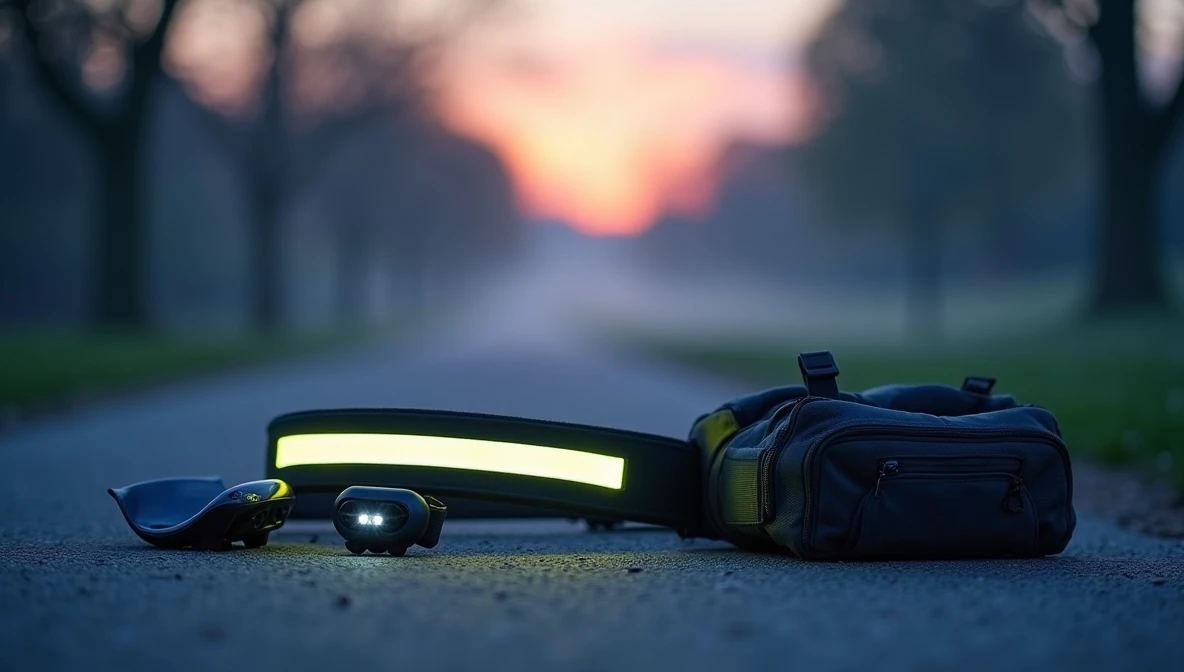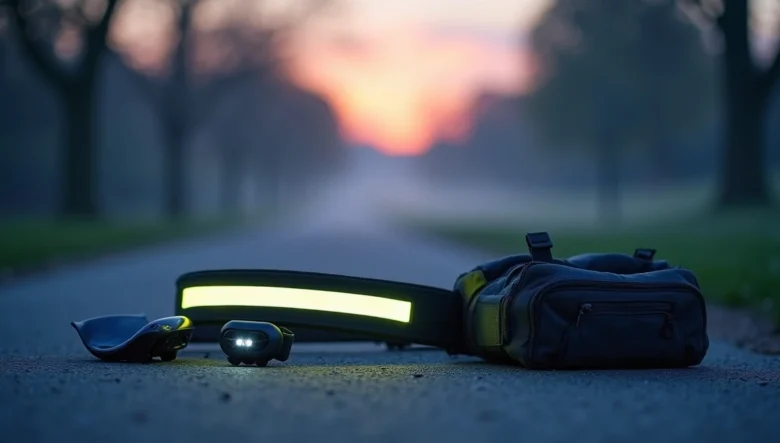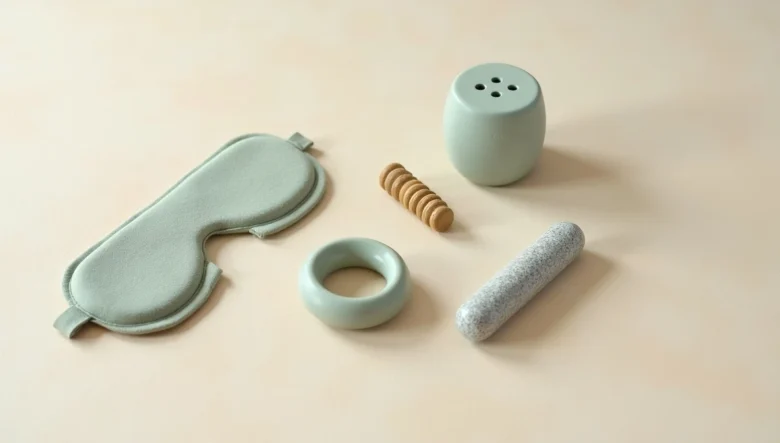You’re sitting at your desk.
- The Real Deal: Why This Even Matters
- Electric Lunch Warmers: The New Kid on the Block
- What Exactly Are These Things?
- Types of Electric Lunch Warmers
- 💖 You Might Also Like
- Microwave Reheating: The Old Reliable
- How Microwaves Actually Work
- Head-to-Head Comparison: The Honest Truth
- Speed: Who Wins the Race?
- Food Quality: Where It Gets Interesting
- Cost Analysis: What You’re Really Spending
- Convenience Factor: The Real Test
- Portable vs Stationary: Food Warming Solutions
- When Portable Makes Sense
- When Stationary Wins
- ✨ More Stories for You
- Real-World Testing: What Actually Happened
- Week 1-4: The Honeymoon Phase
- Week 5-8: Reality Sets In
- Week 9-12: Finding the Balance
- The Foods That Change Everything
- Electric Warmer Champions:
- Microwave Still Wins For:
- Budget Breakdown: Smart Money Moves
- Best Budget Electric Warmers
- Microwave Reality Check
- 🌟 Don't Miss These Posts
- Installation and Setup: Keeping It Simple
- Electric Warmers
- Microwave Considerations
- Maintenance: What Nobody Tells You
- Electric Warmer Care
- Microwave Maintenance
- Common Mistakes People Make
- Electric Warmer Fails:
- Microwave Disasters:
- FAQs: The Questions Everyone Asks
- How long do electric lunch warmers take?
- Are electric lunch warmers safe?
- Can you use regular containers in electric warmers?
- Do electric warmers work in cold weather?
- Which uses more electricity?
- Can electric warmers cook raw food?
- The Verdict: What I Actually Recommend
- My Final Recommendation
It’s lunch time.
You pull out that sad, cold sandwich or leftover pasta.
And you’re faced with the age-old question: “Do I trudge to the office microwave or get one of those electric lunch warmers everyone’s talking about?”
I’ve been there.
Standing in line for 10 minutes waiting for Karen to finish heating up her fish (seriously, Karen?).
Or watching my food turn into a rubber tire because the microwave blasted it on high.
Here’s what I learned after testing both options for months.
The Real Deal: Why This Even Matters
Most people think food warming is just about temperature.
It’s not.
It’s about your entire lunch experience.
Your productivity.
Your mood for the afternoon.
Whether you actually enjoy what you’re eating or just shovel it down because it’s “food.”
Electric Lunch Warmers: The New Kid on the Block
What Exactly Are These Things?
An electric lunch warmer is basically a mini slow cooker that plugs into your car or office wall.
They heat food slowly and evenly.
No radiation.
No spinning plates.
Just gentle warmth that brings your food back to life.
Types of Electric Lunch Warmers
Portable Electric Lunch Boxes
- Plug into 12V car outlets
- Perfect for truck drivers and road warriors
- Usually heat up in 15-20 minutes
- Cost between $25-$60
Desktop Food Warmers
- Plug into regular wall outlets
- Great for office use
- Heat faster than portable versions
- Range from $30-$80
Steam-Based Warmers
- Use water to create steam heat
- Keep food moist
- Take 10-15 minutes
- Price range: $40-$100
💖 You Might Also Like
Microwave Reheating: The Old Reliable
We all know microwaves.
They’ve been around since your parents were kids.
Quick.
Easy.
Sometimes terrible for your food.
How Microwaves Actually Work
Microwaves shoot radiation waves at your food.
These waves make water molecules vibrate super fast.
That creates heat.
But it creates it unevenly.
That’s why you get those weird hot spots and frozen centers.
Head-to-Head Comparison: The Honest Truth
Speed: Who Wins the Race?
Microwave: 1-3 minutes for most foods Electric Warmer: 10-20 minutes
Winner: Microwave (obviously)
But here’s the thing.
Sometimes fast isn’t better.
Ever bit into molten cheese that burned your tongue, only to find ice-cold pasta underneath?
That’s microwave life.
Food Quality: Where It Gets Interesting
This is where electric warmers start looking good.
Microwave Issues:
- Creates hot spots
- Dries out food
- Makes bread soggy
- Turns pizza crust into cardboard
- Overcooks edges while leaving centers cold
Electric Warmer Benefits:
- Even heating throughout
- Retains moisture
- Keeps textures intact
- No rubbery cheese
- No exploding tomatoes
I tested this with leftover pizza.
Microwave: Soggy bottom, cardboard crust, molten cheese that could melt steel.
Electric warmer: Crispy bottom, soft crust, perfectly melted cheese.
No contest.
Cost Analysis: What You’re Really Spending
Initial Cost:
- Decent microwave: $80-$200
- Electric lunch warmer: $25-$100
Energy Usage:
- Microwave: High power, short time
- Electric warmer: Low power, longer time
Over a year, they’re pretty similar on electricity.
But here’s what most people miss.
Hidden Costs:
- Office microwave lines (time = money)
- Ruined meals you throw away
- Eating out because your reheated food sucks
- Your sanity when Karen heats fish again
Convenience Factor: The Real Test
Microwave Pros:
- Everyone knows how to use them
- Super fast
- Available in most offices
- Can handle any container
Microwave Cons:
- Shared appliances (gross)
- Lines during lunch rush
- Food explodes if you’re not careful
- Uneven results
Electric Warmer Pros:
- Personal device (no sharing)
- Consistent results
- Set it and forget it
- Works in cars, offices, anywhere with power
Electric Warmer Cons:
- Takes longer
- Usually only fits their specific containers
- Another gadget to carry around
- Some look weird (coworkers will ask questions)
Portable vs Stationary: Food Warming Solutions
When Portable Makes Sense
You’re a delivery driver.
Construction worker.
Travel for work constantly.
Basically anyone who eats lunch in their car.
Portable warmers plug into your 12V outlet.
Heat food while you drive to your lunch spot.
Perfect for people who can’t access microwaves.
When Stationary Wins
You have a consistent desk.
Private office.
Or just want something reliable that stays put.
Desktop warmers are usually more powerful.
Heat food faster than portable versions.
Better build quality since they don’t get bounced around.
✨ More Stories for You
Real-World Testing: What Actually Happened
I spent three months using both.
Here’s what I learned:
Week 1-4: The Honeymoon Phase
Electric warmer felt revolutionary.
Perfect temperature every time.
Food tasted like it was supposed to.
No more playing microwave roulette.
Week 5-8: Reality Sets In
The waiting started getting annoying.
Especially when I forgot to start heating early.
Standing around for 15 minutes when you’re hungry hits different.
Some days I just wanted fast food.
Week 9-12: Finding the Balance
Started using both strategically.
Electric warmer for good leftovers I cared about.
Microwave for quick snacks and “whatever” meals.
This combo actually worked perfectly.
The Foods That Change Everything
Electric Warmer Champions:
- Pizza: Crispy crust, no soggy disasters
- Pasta dishes: Even heating, no dried edges
- Rice bowls: Fluffy, not hard chunks
- Soups: Perfect temperature throughout
- Meat dishes: Tender, not tough
Microwave Still Wins For:
- Frozen burritos: They’re designed for nuking
- Coffee reheating: Quick and who cares
- Steamed vegetables: Actually work well
- Oatmeal: Fast and easy
- Popcorn: Duh
Budget Breakdown: Smart Money Moves
Best Budget Electric Warmers
Under $30:
- Basic 12V car warmers
- Simple heating element
- Gets job done for road warriors
$30-$60 Sweet Spot:
- Better containers
- Faster heating
- More reliable electronics
- This is where most people should shop
$60+ Premium Options:
- Steam features
- Better build quality
- Multiple container sizes
- Worth it if you use daily
Microwave Reality Check
Office microwave: Free (but gross) Personal microwave: $80+ initial cost
But microwaves last forever.
I’ve had the same one for 8 years.
Electric warmers might need replacing every 2-3 years with heavy use.
🌟 Don't Miss These Posts
Installation and Setup: Keeping It Simple
Electric Warmers
Literally plug and play.
Most come with everything you need.
Car adapter for 12V outlets.
Wall adapter for office use.
The containers usually nest inside the heating unit.
Add food.
Plug in.
Wait.
Microwave Considerations
If you’re buying for office use, check power requirements.
Some offices have limits on personal appliances.
Older buildings might not handle high-wattage microwaves.
Plus you need counter space.
And coworkers who won’t judge your food choices.
Maintenance: What Nobody Tells You
Electric Warmer Care
The containers need regular cleaning.
Heating elements can get gunky.
Most aren’t dishwasher safe.
The electrical connections can get loose with heavy use.
But maintenance is pretty minimal overall.
Microwave Maintenance
Clean it or it gets gross.
That’s basically it.
Though office microwaves are petri dishes of horror.
Seriously, bring disinfectant wipes.
Common Mistakes People Make
Electric Warmer Fails:
- Overpacking containers: Heat doesn’t distribute well
- Wrong liquid ratios: Some foods need added water
- Forgetting to plan ahead: These aren’t fast
- Using wrong containers: Must fit properly for even heating
Microwave Disasters:
- Metal containers: Sparks fly (literally)
- Sealed containers: Explosion city
- Too much power: Rubber food syndrome
- Not covering food: Microwave becomes a crime scene
FAQs: The Questions Everyone Asks
How long do electric lunch warmers take?
Most take 10-20 minutes depending on the food amount and starting temperature. Cold food from the fridge usually needs 15 minutes. Room temperature food heats in about 10 minutes.
Are electric lunch warmers safe?
Yes, they’re generally safer than microwaves. No radiation, just gentle heat. Most have automatic shut-offs. Just don’t leave them unattended for hours.
Can you use regular containers in electric warmers?
Usually no. Most are designed for their specific containers. The containers fit precisely for proper heat distribution. Using wrong containers gives uneven results.
Do electric warmers work in cold weather?
They work but take longer. Car warmers struggle more in winter. The heating element has to work harder. Plan extra time when it’s freezing outside.
Which uses more electricity?
Microwaves use more power but for less time. Electric warmers use less power for longer. Over time, they’re roughly similar on your electric bill.
Can electric warmers cook raw food?
Most can’t get hot enough for safe cooking. They’re designed for reheating, not cooking. Don’t try to cook raw meat or eggs. Stick to reheating already-cooked meals.
The Verdict: What I Actually Recommend
Here’s my honest take after months of testing.
Get an electric warmer if:
- You care about food quality
- Have predictable lunch timing
- Eat lunch away from microwaves regularly
- Want consistent results
- Don’t mind planning 15 minutes ahead
Stick with microwave if:
- Speed is everything
- Your food standards are “whatever”
- You have reliable microwave access
- Budget is super tight
- You eat different types of food daily
The real winner?
Having both.
Use the electric warmer for meals you care about.
Microwave for quick reheats and snacks.
This gives you options based on your daily situation.
Some days you want perfect leftover pizza.
Other days you just need hot food fast.
My Final Recommendation
If I had to pick just one, I’d choose a mid-range electric lunch warmer.
The food quality difference is huge.
And once you taste properly reheated leftovers, microwave food feels like punishment.
Plus, no more waiting in line behind Karen and her fish.
Best budget electric lunch warmer vs microwave reheating isn’t really about picking sides.
It’s about understanding what you value most: speed or quality.
Choose based on your real life, not what sounds good in theory.
Either way, you’ll never have to eat cold lunch again.



























